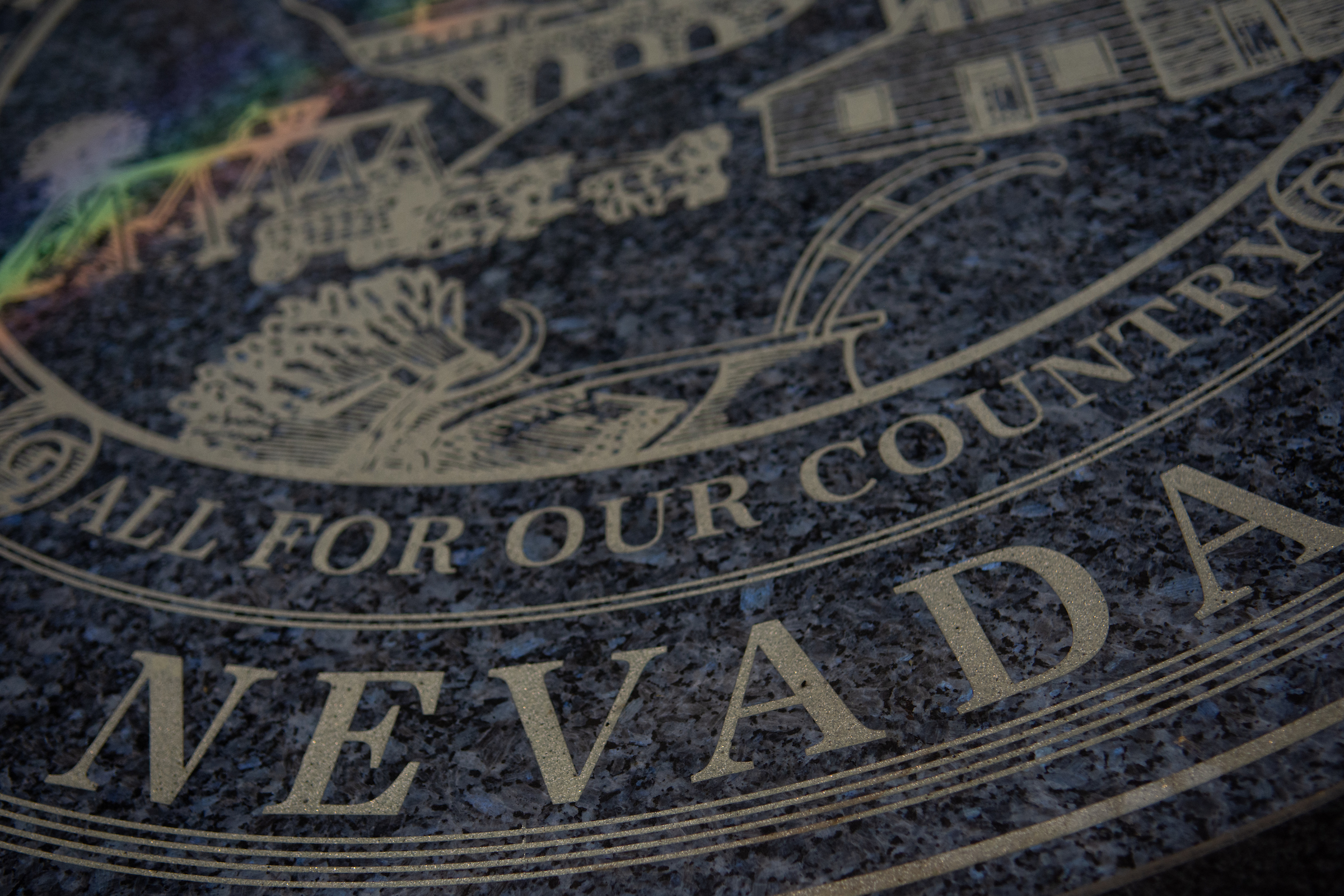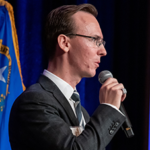The problem with minimum wage isn’t the dollar amount

With last week’s introduction of Assembly Bill 185 (a proposal to eliminate Nevada’s scheduled increase to the minimum wage), expect the debate over a $15 minimum wage to once again become a focal point in Nevada politics.
As happens on the national stage with regularity, such discussions will largely be partisan displays—villainizing the other side for its position. Opponents to a higher minimum wage will be relentlessly portrayed as shills for corporate America—more concerned with protecting shareholders and maximizing profit than ensuring struggling workers are able to escape the shackles of poverty. Proponents will be maligned as economically ignorant idealists.
For those willing to look beyond the political attacks and theatrical displays of righteous indignation on both sides of the aisle, the debate will look decidedly like a technocratic disagreement over what dollar amount would best address the interests of workers while limiting the economic realities of higher labor costs. After all, even within the progressive movement there is a disagreement on not only what is politically feasible, but what dollar amount would cause the least amount of unintended economic disruption.
The more progressive wing of the Democratic Party has called for something north of $20 per hour, while moderates in the party have advocated a more gradual increase to a less ambitious $15 or even $12 minimum. (Nevada’s minimum is scheduled to increase to $12 per hour by 2024.)
Such disagreement over the dollar amount—even among like-minded activists—is a tacit admission that an increase of any amount would naturally come with ancillary costs to businesses, consumers and workers alike. Even the Congressional Budget Office (which isn’t some bastion of fiscal conservatism) has estimated that a higher minimum wage would reduce economic output, eliminate 1.4 million jobs and raise prices on consumers.
The big question regarding minimum wage, therefore, isn’t whether there will be negative consequences from an increase, it’s whether those consequences will be offset by the financial betterment of some low-income workers.
However, for many, the problem with the minimum wage debate is something more fundamental. Much of the opposition actually comes from a foundational skepticism that politics is, in any way, equipped to offer a one-size-fits-all “solution” to such a complex and multivariable socioeconomic problem in the first place.
In the real world, there are thousands of variables other than corporate greed that affect the pay offered by an employer—including the skillset of the worker, the size of the available workforce, peripheral expenses related to employment and the subjective value of the work being performed.
Such variables are one of the reasons large companies like Amazon (which has seen profits balloon during the pandemic) have voluntarily decided to conform with the growing social pressure to offer a $15 per hour minimum. After all, given the way Amazon’s business model has automated many menial tasks and generates sizable profits, it can afford such increases. Many local businesses, on the other hand, have spent the last year navigating shutdown orders and capacity limits while running on already tight profit margins—leaving them unable to afford the employees they already have, let alone increase any wages.
This gap in affordability between different businesses within different industries illustrates the inequity of a one-size-fits-all approach to wage regulation. While large corporate giants such as Amazon have the capital on hand to increase compensation for its lowest-paid employees, local businesses that have seen their cash flow decimated over the course of the last year will find such altruism significantly more challenging without reducing employee hours or laying off workers altogether.
And it’s not just a matter of a company’s size. Everything from industry trends, consumer profiles, geographical location, the competitiveness of the job market and consumer confidence play a role in determining the financial flexibility of a business to increase wages.
The marketplace for jobs, wages and profits simply doesn’t fit neatly on an Excel spreadsheet. As the CBO noted, a simple increase in minimum wage won’t correlate with an equally impressive decrease in poverty for currently marginalized or struggling workers. Which makes sense, given the messy nature of social marketplaces and human behavior.
In other words, the minimum wage debate is largely a multivariable cost-benefit analysis—the type of thing that politicians, notorious for their bias and political pandering, are decidedly ill equipped to perform. Inevitably, for some percentage of businesses (and the workers they employ) they are going to get it wrong.
And therein lies the foundational reason for much of the opposition from libertarians and small government conservatives: It’s not merely the dollar amount that is concerning, but the social and human costs associated with letting politicians pretend they can fix complex socioeconomic problems by telling other people how to spend their money.
Michael Schaus began his professional career in the financial sector, where he became deeply interested in economic theory and the concept of free markets. Over a decade ago, that interest led him to a career in policy and public commentary—working as a columnist, a political humorist and a radio talk show host. Today, Michael is director of communications for the Nevada Policy Research Institute and lives with his wife and daughter in Las Vegas.
